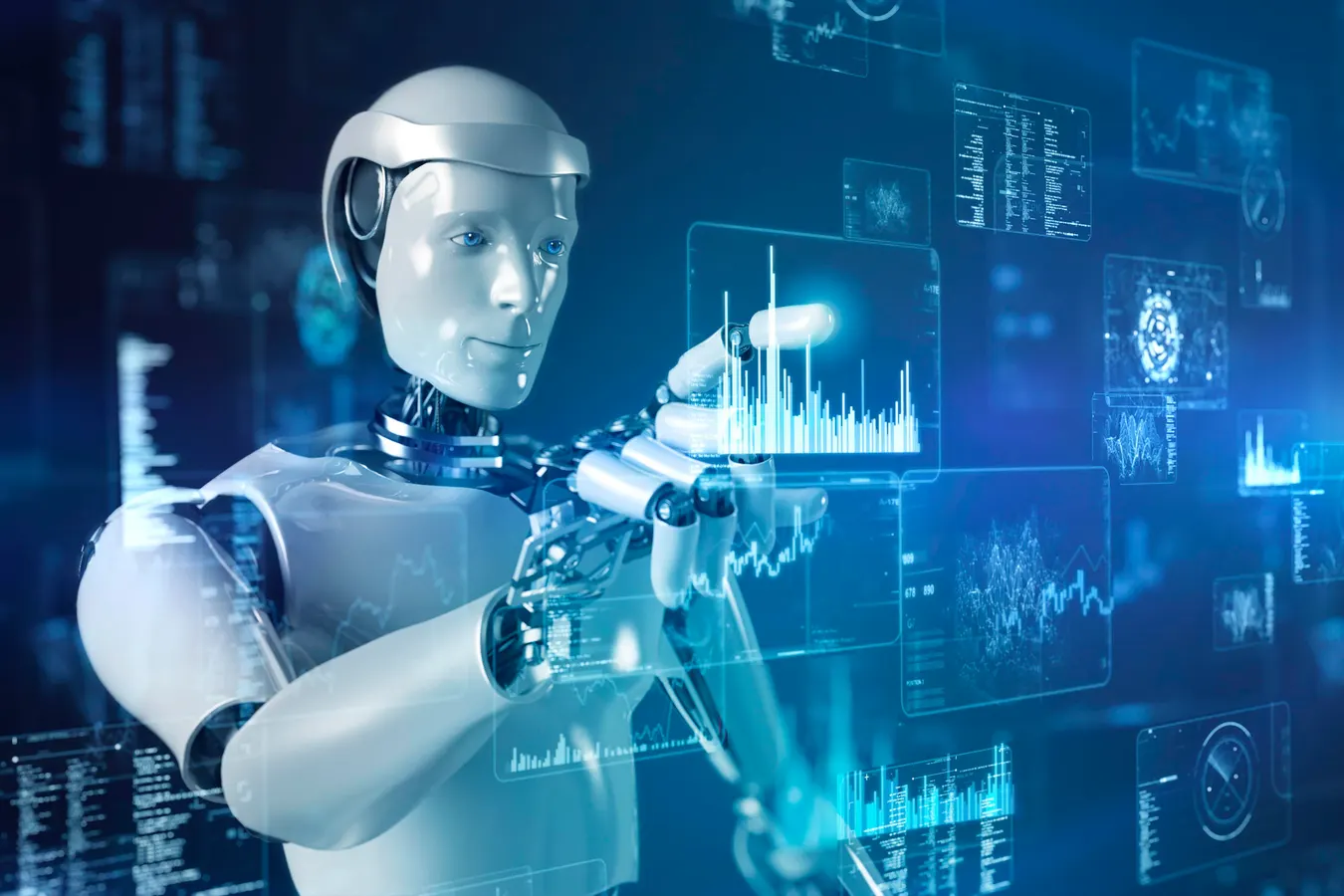
The intersection of generative AI and robotics is ushering in an era where humanoid robots are on the brink of stepping out from the confines of controlled environments to the dynamic and unpredictable real world. This transition is not merely about technological novelty but signifies a paradigm shift in how we envision the future of robotics, automation, and their integration into human-centric spaces.
Key Highlights:
- Generative AI as the Backbone: The core of this evolution lies in leveraging generative AI’s prowess in analyzing and synthesizing data across various domains. This enables humanoid robots to navigate and operate in unstructured environments that are more reflective of real-world scenarios.
- Enhanced Perception and Adaptability: Through techniques like simulations, robots can now predict potential situations and formulate responses in real-time, enhancing their ability to recognize and manipulate objects even under incomplete information.
- Optimizing Robot Dexterity: Beyond perception, generative AI is instrumental in improving robots’ dexterity, allowing them to perform complex tasks more efficiently.
- Collaboration and Funding: Significant investments and collaborations are being witnessed, with major companies and startups alike pushing the boundaries of what’s possible with humanoid robots. A notable instance is Figure AI, which secured $675 million in funding from leading tech giants and venture firms.
- Challenges and Ethical Considerations: Despite the optimistic outlook, challenges related to safety, decision-making capabilities, and ethical development remain paramount.
Insights from Industry Experts
Experts across the robotics and AI domain share varied perspectives on the integration of humanoid robots into everyday environments. While some highlight the necessity of robots to adapt to human-centric designs without necessarily mimicking the human form, others emphasize the potential of humanoid robots in performing a wide array of tasks, suggesting that the humanoid form factor might be essential for general-purpose robotics. The consensus is that while humanoid robots hold tremendous potential, their deployment at scale in industries beyond manufacturing and warehouses, such as agriculture and healthcare, is still a work in progress.
Robotics Trends and Developments in 2024
As we delve into 2024, several trends underscore the robotics landscape:
- Expansion Beyond Warehouses: Mobile robots, including autonomous mobile robots (AMRs), are set to venture beyond warehouses into more unstructured environments like airports and outdoor spaces.
- Humanoids in the Spotlight: Humanoid robots continue to make headlines with new innovations, although widespread deployments remain rare. Investments in specific applications of humanoid robots are gaining traction but mainstream adoption is still on the horizon.
- Programming Languages Evolve: The robotics sector is increasingly adopting the Rust programming language, known for its memory safety features, which is becoming more prevalent in robotics development.
The Future Landscape
The integration of generative AI with humanoid robotics is poised to redefine our interaction with robots, making them more adaptable, intelligent, and efficient. As we navigate through the challenges and explore the full potential of this synergy, the future holds promising advancements across sectors, from disaster response to healthcare. The ongoing research, development, and investment in this field are testament to the significant strides being made towards a future where humanoid robots can seamlessly integrate into our daily lives, offering unprecedented levels of assistance and efficiency.